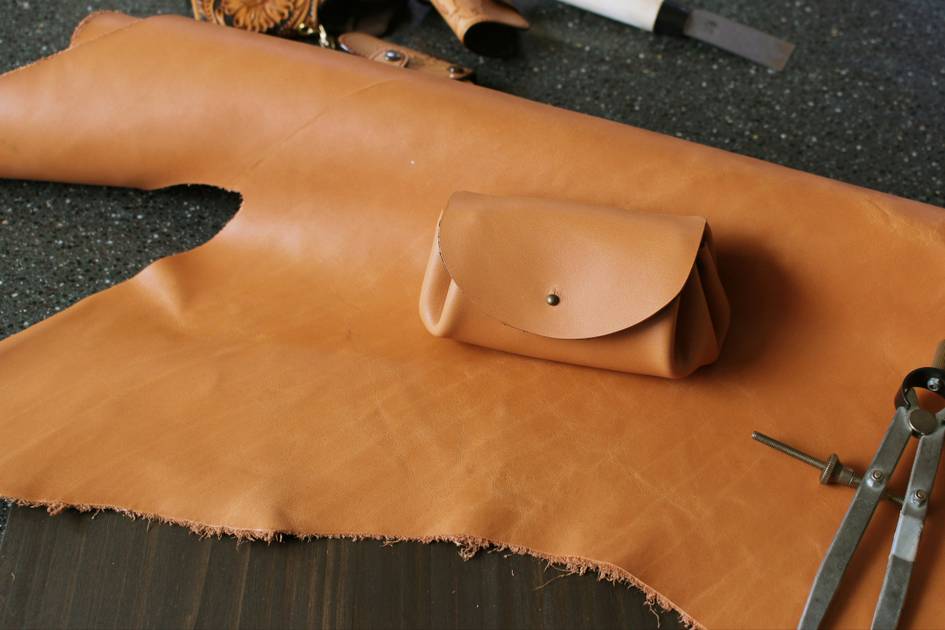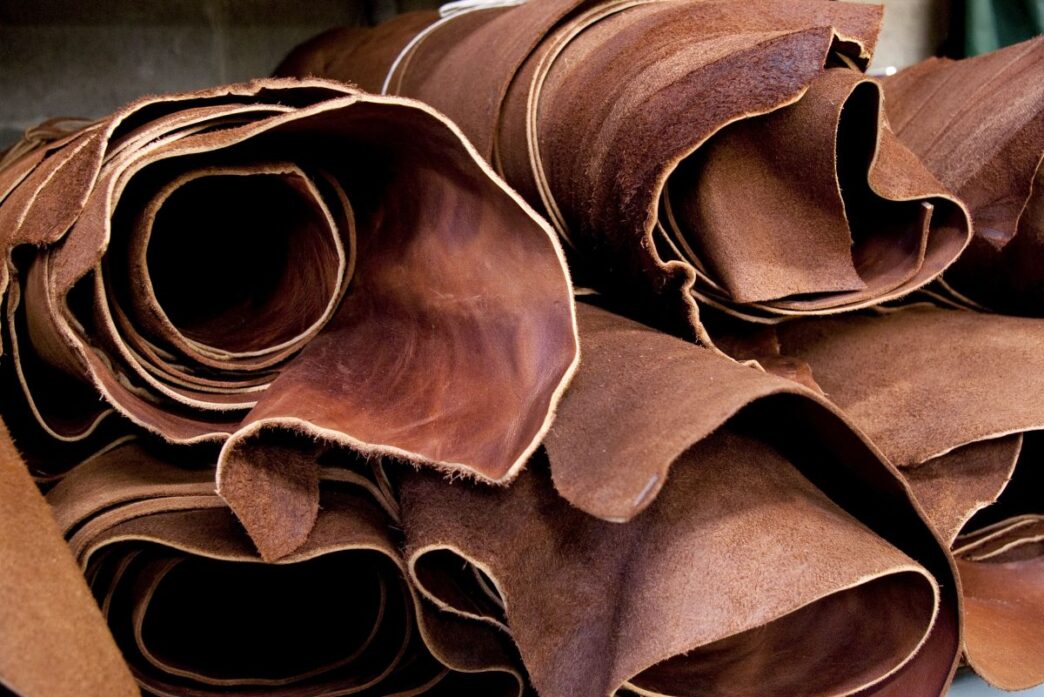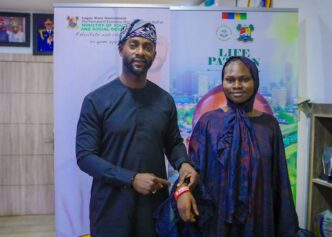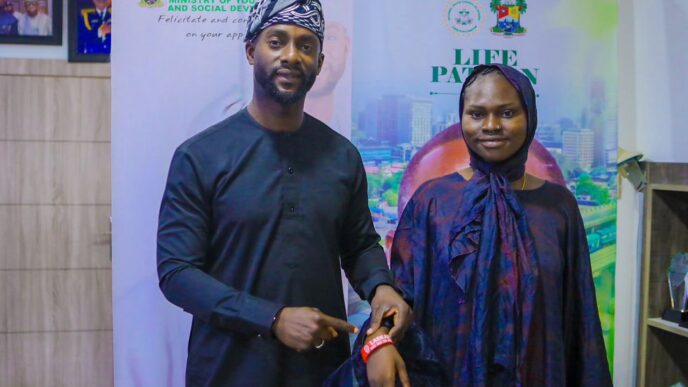A significant portion of Nigerian leather, typically semi-finished, is sent to Europe and Asia, where it is transformed into luxury items featuring international brand names, with no evidence of its origins.
However, through her local brand, Isi Omiyi aims to create high-end products that help reclaim Nigeria’s leather heritage.
In her Lagos apartment, she has established a boutique space where bags, wallets, and shoes are thoughtfully arranged on shelves, with some priced as high as $1,500.
“Leather is part of our heritage. I can’t just stand by and watch others receive all the credit for work that we started here,” the 56-year-old designer told AFP.
Her mission is to amplify “Made In Nigeria” craftsmanship.
She “would like these foreign brands to indicate on their products: ‘originally from Nigeria’ and ‘made in Italy’, ‘made in France,’ or elsewhere, because most of them don’t,” Omiyi said.
According to the country’s export promotion agency, Nigeria exports 90 per cent of its leather, primarily to Italy and Spain, which account for approximately three-quarters of all leather exports.
Leather exports contribute about $600 million to the annual revenue, according to Oluwole Oyekunle, a researcher at the Nigerian Institute of Leather and Science Technology in Samaru, located in northern Kaduna state.

In the northern state of Kano, major global luxury brands obtain leather through middlemen who connect them to tanners. The state is home to 11 tanneries. Ztannery, operating since 2010, receives daily shipments of numerous fresh goat and sheep hides from Nigeria and adjacent countries.
“We process from zero to semi-finished leather, which is 80 per cent of the whole process,” said company owner Abbas Hassan Zein, 47.
These hides are sorted and treated over nine days before being sent to Europe by intermediaries, where they undergo additional processing before being sold to well-known luxury brands such as Gucci, Ferragamo, Prada, and Louis Vuitton, Zein added.
Modern tanneries, such as Ztannery, equipped with advanced machinery, only accept large orders paid in dollars or euros, making access difficult for local designers who would prefer to pay in their local currency.
Many designers resort to using the traditional Majema tannery, which has been in operation since 1932 in the centre of Kano city. Here, everything is performed manually; numerous tanners clean and dye hides directly on the earthen floor amidst plastic bags and bottles.
There is a growing interest from both public and private initiatives in the sector in Africa’s most populous country.
In Kano, producers from India, China, and some European countries, although not necessarily from top brands, are beginning to express interest in setting up manufacturing operations here, according to Tijjani Sule Garo of GB Tannery, a family-run business spanning three generations.
Back in Lagos, the state government launched a factory in the Mushin area in August, aiming to produce leather products and create 10,000 jobs, situated near one of the country’s largest leather markets. To stand against the giants of the global leather industry, Olayebi emphasises the necessity for “enhanced machinery, improved access to high-quality Nigerian leather, and, most importantly, superior training.”
For David Lawal, 26, a brand executive for Morin. O, it fundamentally comes down to fostering Nigerian identity.
Many customers are seeking a “timeless representation of heritage,” conveyed through leather products made in Nigeria and crafted by Nigerians, according to Lawal.


 Trending
Trending 







